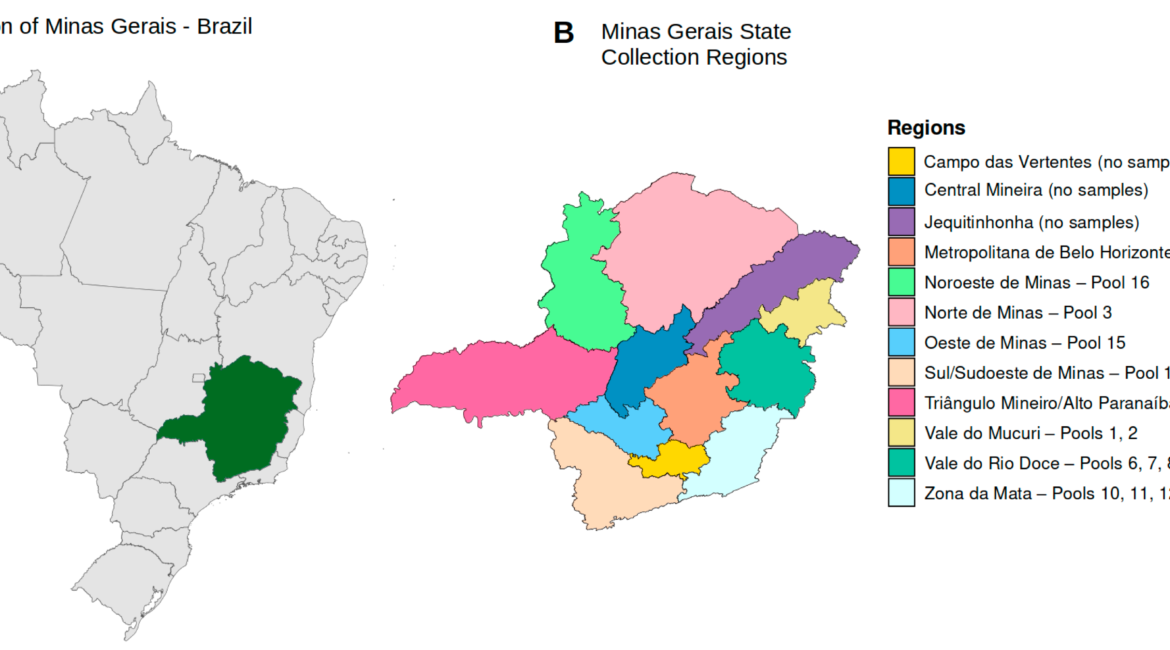Collaborators: Felipe Campos de Melo Iani, Gabriel Montenegro de Campos, Talita Emile Ribeiro Adelino, Anielly Sarana da Silva, Simone Kashima, Luiz Carlos Junior Alcantara, Sandra Coccuzzo Sampaio, Marta Giovanetti, Maria Carolina Elias, Svetoslav Nanev Slavov
Summary: Viral hemorrhagic fever poses a significant public health challenge due to its severe clinical presentation and high mortality rate. The diagnostic process is hindered by similarity of symptoms across different diseases and the broad spectrum of pathogens that can cause hemorrhagic fever. In this study, we applied viral metagenomic analysis to 43 serum samples collected by the Public Health Laboratory (Fundação Ezequiel Dias, FUNED) in Minas Gerais State, Brazil, from patients diagnosed with hemorrhagic fever who had tested negative for the standard local hemorrhagic disease testing panel. This panel includes tests for Dengue virus (DENV) IgM, Zika virus IgM, Chikungunya virus IgM, yellow fever IgM, Hantavirus IgM, Rickettsia rickettsii IgM/IgG, and Leptospira interrogans IgM, in addition to respective molecular tests for these infectious agents. The samples were grouped into 18 pools according to geographic origin and analyzed through next-generation sequencing on the NextSeq 2000 platform. Bioinformatic analysis revealed a prevalent occurrence of commensal viruses across all pools, but, notably, a significant number of reads corresponding to the DENV serotype 2 were identified in one specific pool. Further verification via real-time PCR confirmed the presence of DENV-2 RNA in an index case involving an oncology patient with hemorrhagic fever who had initially tested negative for anti-DENV IgM antibodies, thereby excluding this sample from initial molecular testing. The complete DENV-2 genome isolated from this patient was taxonomically classified within the cosmopolitan genotype that was recently introduced into Brazil. These findings highlight the critical role of considering the patient’s clinical condition when deciding upon the most appropriate testing procedures. Additionally, this study showcases the potential of viral metagenomics in pinpointing the viral agents behind hemorrhagic diseases. Future research is needed to assess the practicality of incorporating metagenomics into standard viral diagnostic protocols.
Publication Date: 2024-04-11
Journal: Microorganisms
DOI: https://doi.org/10.3390/microorganisms12040769

